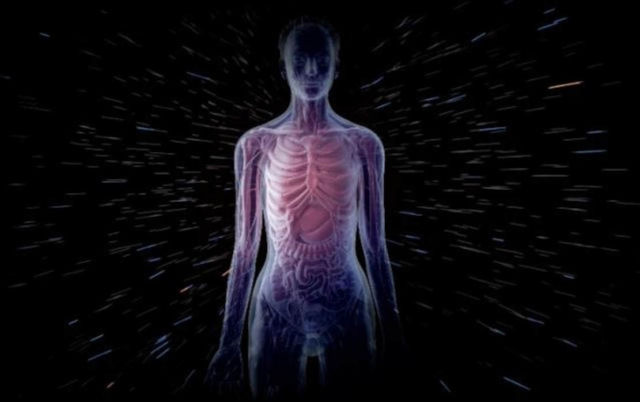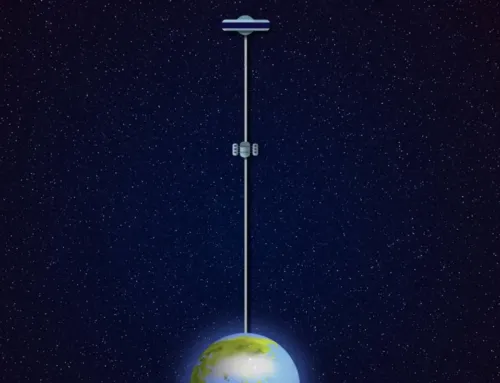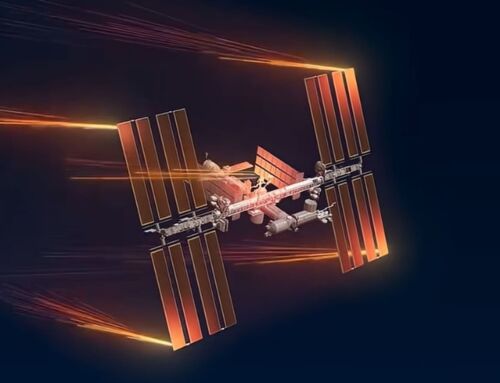NASA is building a Galactic Cosmic Ray Simulator to study space radiation faced by astronauts.
In space, astronauts are constantly bombarded by galactic cosmic radiation, comprised of a mixture of highly energetic ions, putting them at increased risk of radiogenic cancers, cardiovascular disease, and potential central nervous system decrements.
Proportionally, the numerous white and blue tracks are representative of proton and helium ion strikes while the thicker colored tracks are representative of heavier ions such as oxygen, carbon, and iron nuclei which impart greater damage to cells, tissues, and organs per track.
To better understand and mitigate the health risks faced by astronauts from exposure to space radiation, we ideally need to be able to test the effects of Galactic Cosmic Rays (GCRs) here on Earth under laboratory conditions.
The biological effects from these heavy ions and mixtures of ions are poorly understood. Using recently developed fast beam switching and controls systems technology, NSRL demonstrated the ability to rapidly and repeatedly switch between multiple ion-energy beam combinations within a short period of time, while accurately controlling the extremely small daily doses delivered by the heavier ions.
Image credit NASA
source PLOS via EurekAlert






Leave A Comment